Have you ever wondered what is Vinyasa Flow Yoga? What are its benefits? What it can bring to you? It’s an innovative type of yoga that combines postures and breath in a synchronized sequence.
The diversity of Vinyasa yoga is what makes it so appealing. Vinyasa yoga does not have a regular sequence, thus the style, tempo, and intensity of the practice will all vary from instructor to teacher. Backbends, chakras, and other aspects of yoga philosophy may be the subject of a specific class.
Now, let’s see what we have prepared for you about this topic.
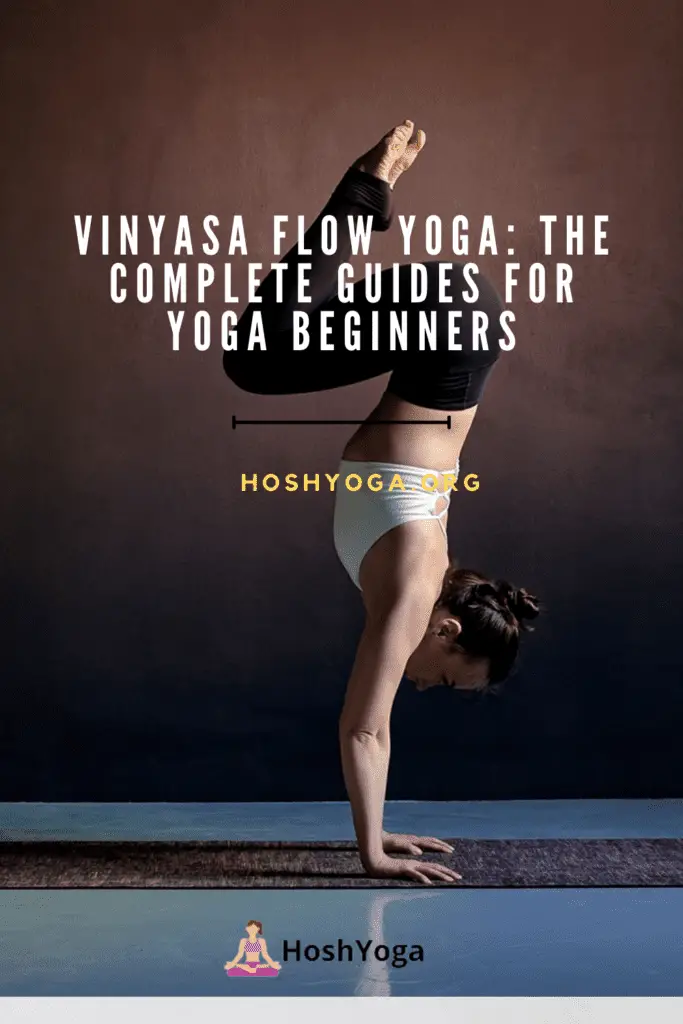
What Is Vinyasa Flow Yoga?
Vinyasa is a kind of yoga practice in which you go straight from one posture to the next. Regardless of the instructor’s style of Vinyasa yoga, there’s a consistent rhythm to the practice.
Ashtanga yoga may sometimes be referred to as Vinyasa yoga, however, the two terms are distinct. Ashtanga lessons maintain the same sequence of postures every time, while Vinyasa sessions are more ad hoc.
In contrast, a teacher in a vinyasa class has more freedom to choose when and where to move between poses. You breathe in and out throughout this changeover. You do this when you breathe or inhale precisely to create the impression that your breathing is swaying your body. A Vinyasa class that moves at a rapid tempo may be taxing on the body. For more answers, don’t hesitate to click here.

Benefits Of Vinyasa Flow Yoga
This list of vinyasa yoga advantages is perfect for everybody, from the absolute novice to the seasoned practitioner. Every vinyasa yoga advantage has a few suggestions of exercises to attempt so that you may experience it about yourself and bring your practicing to the next level!
- Cardio Is Considered A Kind of Vinyasa Yoga
When it comes to exercise, is vinyasa a good option? It’s possible if you’re practicing sun salutations or dynamic yoga. Like exercise, sun salutations are meant to raise your body temperature.
Additionally, they train all of the major muscles of the body, which is a nice perk. Then me, it’s preferable to spend several hours on an elliptical machine.
- You Become More Adaptable
You wouldn’t need to be agile to exercise regularly to feel positive; yoga makes you flexible. When you begin practicing yoga, what changes occur in your body? When you begin, you wouldn’t probably be able to reach your toes because they’ll be stiff.
You can avoid being injured by relaxing into the positions and breathing deeply rather than tugging or straining your body into them, but this won’t make you any more agile.

Risks Of Vinyasa Flow Yoga
Since there is no such thing as a flawless yoga system or style, every yoga practice has its flaws. It’s a well-known fact that yogis tend to overestimate their abilities. There are various issues with vinyasa yoga.
- Coordination
Yoga practitioners use the term “coordination” to describe how a pose is performed. As a large and complex topic, it merits its examination. Yoga asanas may be performed stably and safely by paying attention to alignment, which aids in injury prevention.
It informs us of what needed to be done or activated, as well as what requires to be unlocked. Due to time constraints, alignment cues are often omitted from vinyasa sessions. You can only convey so much as you go from stance to pose utilizing your breath.
- Repetition
Vinyasa has some similarities to Ashtanga Yoga in terms of repeating movements. A – Surya Namaskar and B – Sun Salutations or even the orientation of “vinyasa” may be used as examples. As the saying goes in Ashtanga, “all roads lead to chaturanga,” you may expect to complete a lot of these poses throughout your practice.
They then repeat the same pattern of positions, or flow, repeatedly. This is typical of Vinya Flow instructors. “Building a movement and releasing it go” is what I call this process. This is repeated, but it doesn’t necessarily contribute any new information.
- Security
There is a propensity to choose the route of minimal resistance when we don’t understand the underlying function of a position. This may make yoga more dangerous than it seems. For example, “raise your forehead to your knee” may be done in a variety of ways, but not all of them are created equal.
To do a conventional forward bend, one must bend at the hips and use the leg muscles, especially the quadriceps – to do so. Inexperienced practitioners often grip their feet or circle their spine and push their way down since they don’t understand what they are doing.
In addition to finding a qualified yoga instructor, pay attention to what your body is telling you. Whatever “feels wrong” is probably incorrect. Every attitude has a combination of muscular endurance, so keep that in mind.
Differences Between Power Yoga And Vinyasa Flow Yoga
If you’re a novice to yoga, it’s normal to be perplexed by uncommon Indian terms and poses, as well as by the many yoga schools that exist. What are the differences between vinyasa and power flow? is a common question.
As a result, many fitness centers and websites use these phrases interchangeably, causing confusion among students and practitioners. Some considerations for the students include:
It’s common in power yoga for there to be a smaller number of positions sustained for extended periods. There are far more postures in vinyasa flow sessions than in regular yoga programs.
- Power yoga aims to increase strength since the postures are maintained for a longer period. In contrast, the emphasis on tying postures together like a fluid moving in vinyasa flow helps make it more flexible.
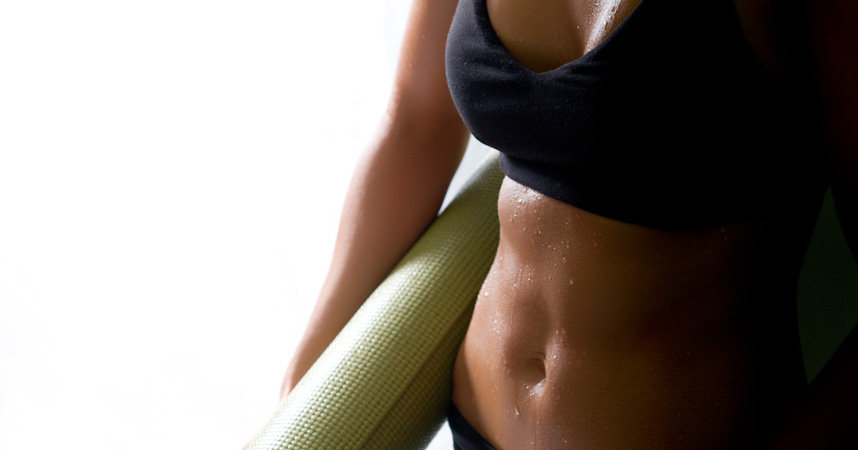
- Awareness of one’s own body or one’s breath: Vinyasa flow and power yoga are two different styles of yoga.
- The instructor will have a significant impact on your experience in either a power or vinyasa flow class. There are no predetermined sequences of positions in either vinyasa or power yoga classes, although you will perform many of the same positions. Depending on the tastes and demands of the students, each yoga session will be different from the next.
Try a variety of courses and professors to find what works best for your learning style. Online yoga video lessons are a terrific way to get a taste of both types of yoga. It’s easy to begin started with yoga and experiment with different types if you practice at home. If you want to know more differences between these poses, you can find them here!
Vinyasa Flow Sequence
Several variations of the yoga pose include the poses known as “vinyasa” and “chaturanga dandasana,” which combine the poses “urdhva mukha svanasana” and “upward facing dog,” respectively (adho mukha svanasana).
They may function on their own or act as a transitioning pattern between postures to restore the vertebrae or clean the slate for a fresh start. Now, let’s see what poses are included in the Vinyasa Flow sequence.
- Plank
With your shoulders above your wrists, hips aligned with your shoulders, knees upright, and your toes pulled beneath, begin in plank posture. To maintain your primary tool and your hips elevated, draw your stomach in toward your spine and hold it there.
Feel your heels extending toward the rear of your mat as you inhale and exhale. When you’re in this position, your complete body must feel like it’s functioning.
- Chaturanga
Keep your attention ahead and toward the top of your mat. Your shoulders should be higher than your wrists as you shift your weight forward. Your goal is to keep your arms straight back while you lower your body in a single straight line halfway through the plank position (open chest, engaged abs, active legs). Just for a little moment, bring your elbows up to your ribcage and hold them there.
- Upward Facing-Dog
Set your toes on the mat, put your legs together, and extend your arms straight out in front of you, experiencing your chest expand through your forearms. Keep your knees, thighs, and hips up above the surface by pressing the tops of both feet into the mat and keeping your shoulders away from your ears.
- Downward Dog
Squeeze your glutes up and back while tucking your toes. Your hands and wrists were in front of your shoulders, and your arms should be straight. When you push your hips up and bring your navel toward your spine, your spine will be straightened. A little amount of elevation will be applied to your heels throughout this exercise.

Vinyasa Flow Yoga Poses For Beginners
There are so many various forms of yoga that it might be overwhelming when you’re first learning about it. To identify the road, or Marga, that speaks to the person, one must study and ponder. Let’s check out together what are some of the best yoga poses for starters.
1. Lower To Knees, Chest, And Chin
As a result of this exercise, the spine and neck become more supple, and the chest expands. The forearms, shoulders, legs, belly, and back are all strengthened as a result of this exercise.
You may develop endurance throughout your entire body by frequently practicing the position, which will lead to more advanced arm-balancing and muscle mass poses.
Before going on to Chaturanga, it is often utilized as a warm-up position in vinyasa classes. Chaturanga is also utilized as an option for beginners and people who want to gain strength.
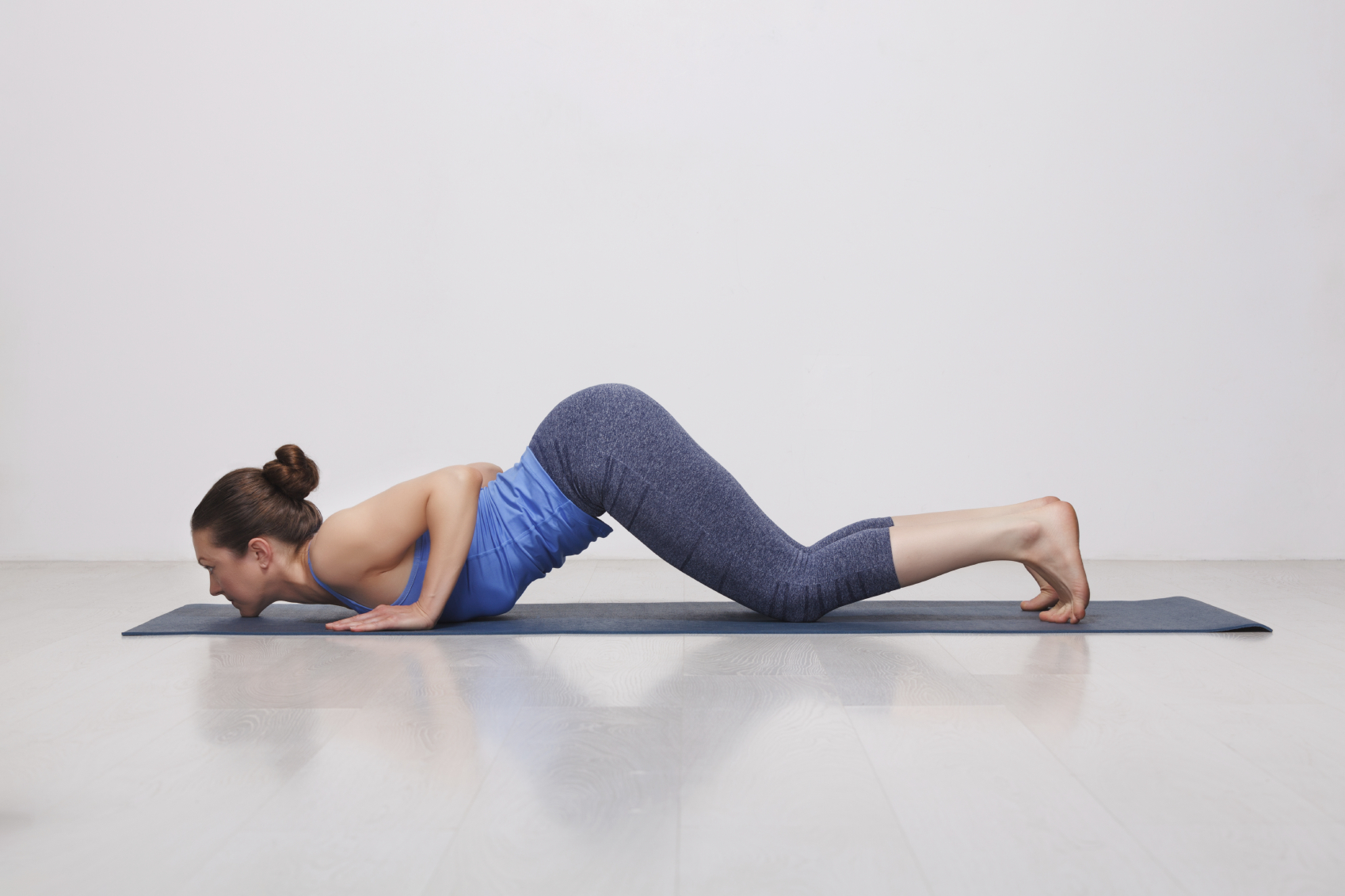
2. Mountain Pose
Slowly raise your arms with palms facing upward to gather all of your energy. Gently bring them together over your head and exhale your hands back to your heart center. Repeat five times. It’s that simple.
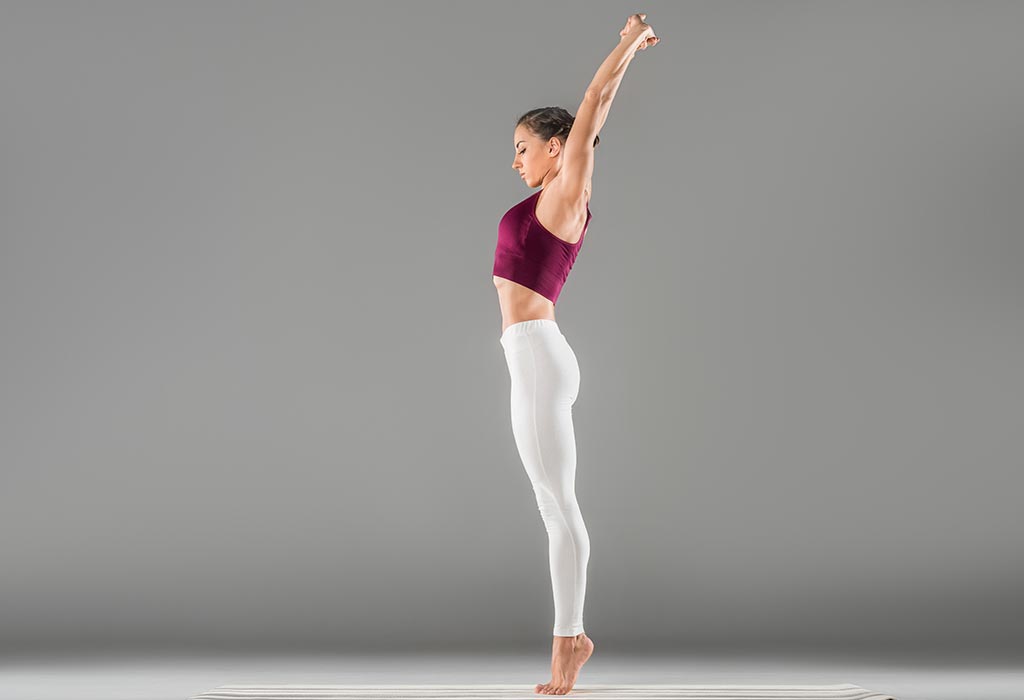
3. Forward Fold
It’s important to breathe into and stretch your spine from your tailbone to your ears. Exhale and bring the legs and back into a forward fold, softening the face. Bend the knees (if necessary) and stand aside with the right foot, lowering the knee and putting the pressure on the left foot and right shin. Release the wrists to the mat.
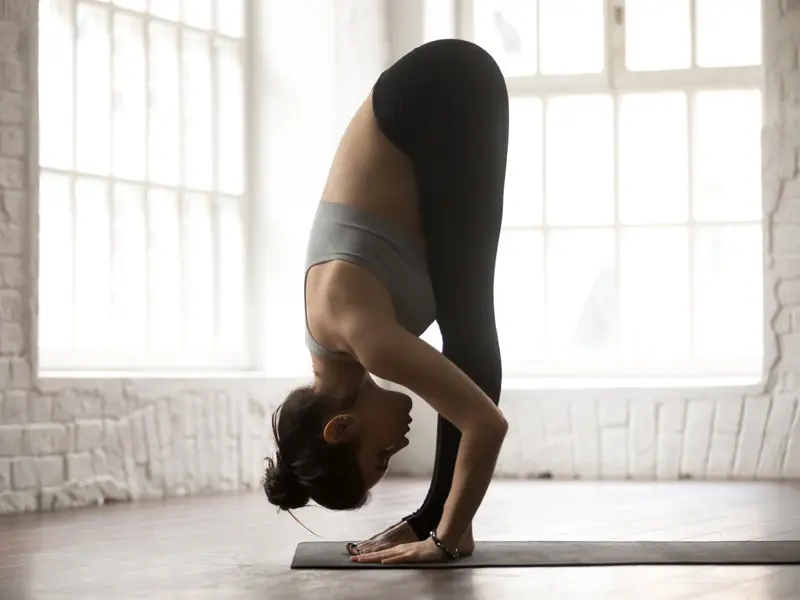
4. High To Low Plank
When you lower yourself, keep your elbows straight behind your back and your shoulders facing forward to prevent your shoulders from pitching. Confirm your core is strong and your back is straight by moving into the lower plank position and laying one hand on the floor. Then, push yourself up to a high plank position and return to the lower plank with your arms on the floor.

5. Cobra Pose
Mobility in the spine is one of the primary benefits of Cobra Pose. The chest is stretched as the spine and shoulders are strengthened. Asthma sufferers might also benefit from its ability to open the lungs. It also helps digestion by stimulating the abdominal organs in this position.
Cobra is an energetic backbend that eases tension and exhaustion. It also helps to alleviate the discomfort of sciatica by firming and toning the shoulders, belly, and buttocks. Yoga literature suggests that the posture has healing properties for the body as well as the ability to awaken Kundalini, the holy energy of the cosmos that leads to enlightenment.
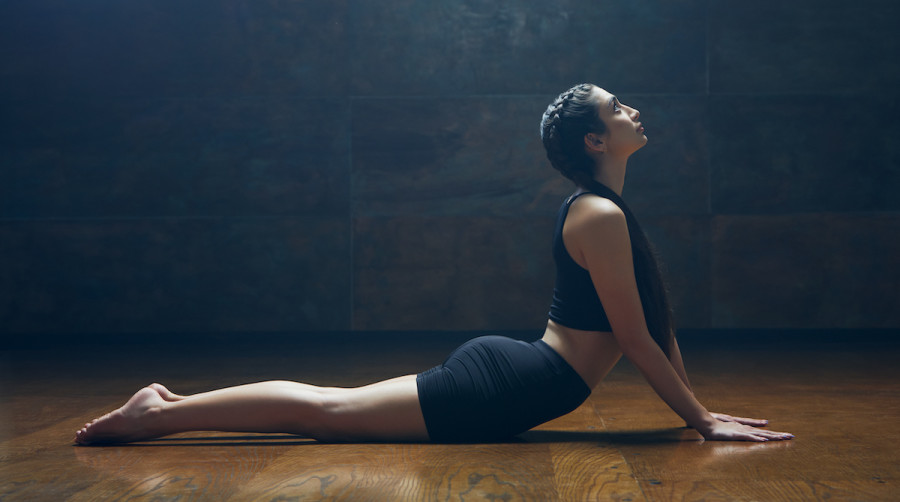
6. Downward Facing Dog
Pressure may enhance blood flow and boost your circulation by placing your heart over your head in the downward dog posture. Improves the posture. Stretch your chest and shoulders by doing downward dog; this will allow your vertebrae to straighten and your spine to align itself, which will result in better posture in general.

7. Advanced Version
Advanced Version Yoga is a broad phrase for a rigorous fitness-based vinyasa-style yoga practice that incorporates a high level of intensity. Ashtanga yoga was the inspiration for this form of yoga practice.
Those who have practiced yoga for at least two months at the introductory level will benefit greatly from this program. Advanced Version Yoga is a broad phrase for a rigorous fitness-based vinyasa-style yoga practice that incorporates a high level of intensity. Ashtanga yoga was the inspiration for this form of yoga class.
/AdvancedYoga-5a787ce3a18d9e00369d7675.jpg)
8. Chaturanga Dandasana
One of yoga’s most controversial positions, known as the low plank, has been a pain for many people for a long time. To understand why there is just one correct technique to do this yoga stance, let’s look at the anatomy.
Asanas like chaturanga dandasana, which are physically demanding, are included in this category It is often utilized as a transitional stance. It’s a transition pose between a downward-facing dog and a step-back or jump-back (depending on your yoga style). This explains why it’s done so many times in a single session.
9. Upward Facing Dog
Lowering into your chest might inflict stress on your lower back since the pose forces you to place all of your energy on the palms of your hands and the tops of your feet. Align your wrists beneath your shoulders and bring your shoulders back to expand your chest to support your lower back and wrists.
Upward-Facing Dog develops your vertebrae, arms, and forearms as a posture-enhancing position. The abdominal organs are likewise stimulated, and the lungs, chest, shoulders, and belly are all stretched as a result.

10. Chair Pose
This pose strengthens the legs and ankles while also developing the back and shoulders with Utkatasana (cobra pose). To treat flat feet, it helps to extend the calf muscles and shins. In addition to opening the chest, Utkatasana expands the shoulders. Heart and digestive organs are toned by it.
Maintain your lower spine long by pointing your tailbone towards the floor and inward into your pubis. Keep an eye on them for 30 to 60 seconds. Raise your knees with an inhale and raise your arms firmly to exit the stance. As you exhale, raise your hands to your sides in Tadasana, the child’s pose.

11. Boat Pose
The hip flexors and adductors, as well as the chest and core muscles, are all strengthened in boat posture. It is a good hamstring stretch. Stretching the hamstrings using the boat position may help prevent stiffness and injury.
The fact that the iliopsoas is also a hip external rotator contributes to our sense of exertion in this stance. When we flex our hips, we must first activate the iliopsoas muscle, but we must also fight the urge to rotate our hips externally by focusing our attention on moving them internally instead.

Best Props For Vinyasa Flow Yoga
Yogis employ a variety of tools and accessories to aid them in their practice. When practicing postural yoga, the use of props can help with the perfect position in an asana, as well as ease in thoughtful yoga practice, allowing poses to be allowed to hold for lengthy stretches in Yin Yoga.
Also, it can help people with restricted movement due to injury, stiffness, or arthritis to keep going with their exercise if they so choose. Let’s have a look at what is included in the props for Vinyasa Flow Yoga.
- D-ring Yoga Belts
There are dozens of yoga positions that can be supported with ease and security thanks to the D-ring closures. Those who are taller or desire additional length might benefit from a D-ring strap. When opposed to a plastic adjustment piece, the D-ring strap’s main advantage is its long-term durability.
- Yoga Brick
Yoga bricks, also known as blocks, are typical yoga props. You may use them to raise the floor nearer to your feet in standing positions and to give more stability when sitting or reclining, respectively. Yoga blocks come in a variety of shapes and sizes.

- Grippy Yoga Mat Towel
Make your yoga mat seem like an expansion of your body with this highly gripping towel. Durable non-slip backing keeps your towel in place while the absorbency microfibre top layer wicks water away from your skin
Hot yoga and so more conventional techniques will both benefit from this. Dimensioned such that it may be placed immediately on top of your existing yoga mat. Yogamatters’ ‘The Grippy,’ a soft and very absorbent yoga mat towel, is available now.
- Eye Pillow
To keep your eyes cozy and protected, eye pillows come in many shapes and sizes. In yoga poses when you’re lying face down, they’re a simple method to protect your eyes. Mindfulness, sleeping, and mental relaxation may benefit from their ability to filter out light.
The nerve (the major parasympathetic stabilizer) is stimulated by the eye pillow, which sends soothing signals down the nape of the neck to the chest area, heart and stomach, allowing the brain and body to rest and let go.
What To Expect Going Through Your Vinyasa?
Bikram and Ashtanga yoga tend to be more rigorous for beginners and skeptics, while Vinyasa yoga is a terrific option for all levels of practitioners. As a result, the practice is incredibly fluid, incorporating positions that concentrate on integrating breath to motion.
Experts recommend attending a vinyasa class after you’ve had some prior yoga practice. Proceeding from position to position, your yoga teacher’s instructions will be more concentrated on how to proceed through the sequencing rather than how to correctly do each posture and its proper positioning.
Overall, you can expect immense health progress and better body shape than it was before taking Vinyasa courses. That’s for sure!
Is Flow Yoga Good For You?
This is one of the most common questions people may have about his particular topic. Luckily, the answer is positive! Yes, Flow Yoga is indeed good for you. It provides you with the cardiovascular advantages of vinyasa yoga.
Because it decreases heart rate, cholesterol, and blood sugar, yoga is beneficial to your heart. Limited workouts have been linked to improved cardiovascular health in the past. It’s possible to get these outcomes with only a basic vinyasa yoga practice.
Can I Do Vinyasa Yoga Flows At Home?
If you select a class depending on your skill and fitness level, vinyasa is no more challenging than any other kind of yoga. If you’ve never taken a yoga class before, you may find it difficult to keep up in a vinyasa session.
The good news is that there are steps that can be taken to make the class easier or more challenging. First and foremost, you must remember that you can master any pose if you follow the rules strictly. So, to perform this one at your home, just do this, follow the guidelines or even hire a personal trainer. It will pay off!
Conclusion
No matter if you are a newbie in yoga practices or not, the most important is to be consistent. Every start has boundaries that need to be overcome. Perhaps some of the methods or poses we suggested might seem too hard for you. If so, do you have any better to offer – in that case, leave a comment!
- Don’t quit
- Be ready to suffer before you succeed
- Follow expertized tips
- Feed healthy
- Always stay positive
- Accept the benefits of every pose

